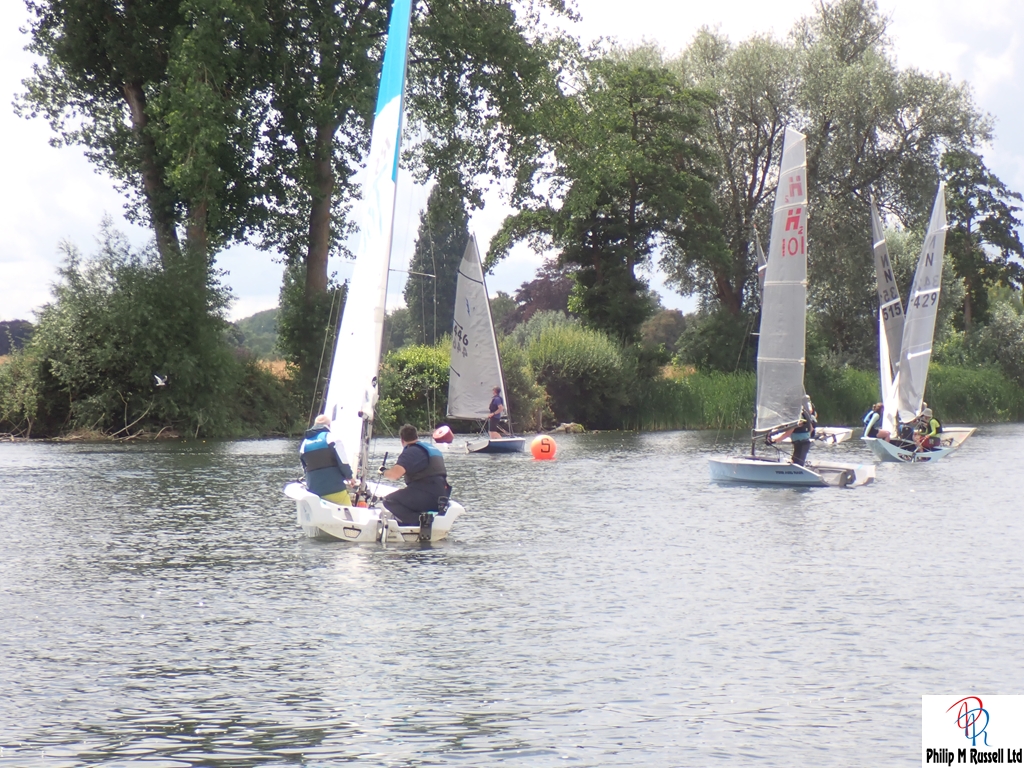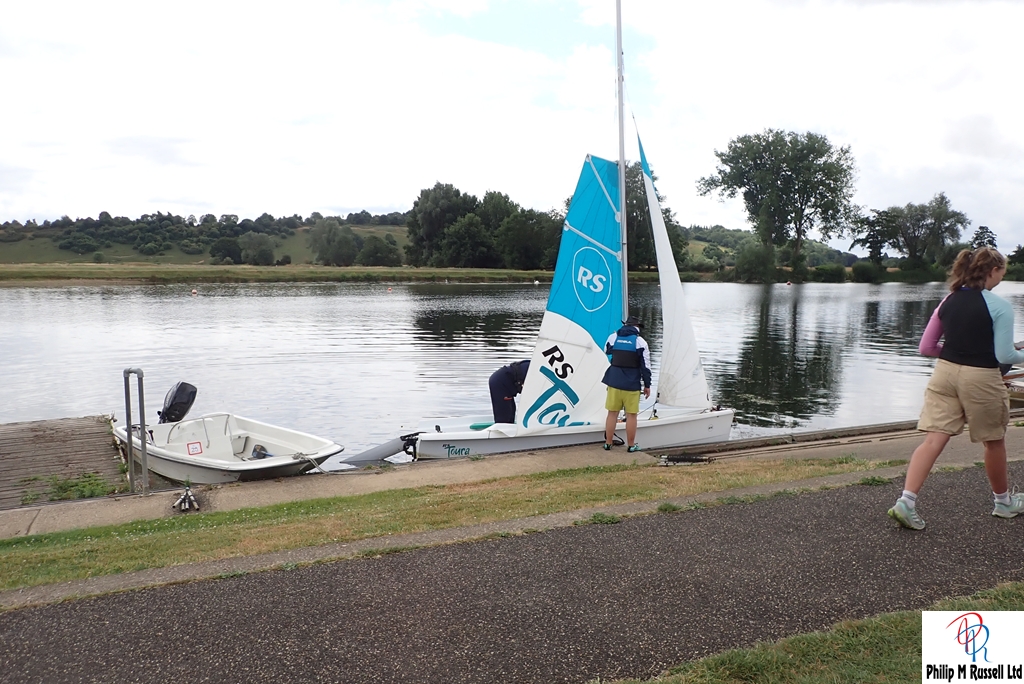admin July 8, 2025 Sailing Previous Lesson Going Faster Comments (0)
For some sailors, it’s all about racing – the thrill of the start line, the tactics, the overtakes, and maybe even the glory of crossing the finish line first. For others (ourselves included), sailing is often just about trying to get from A to B without ending up in C via the willow tree.
But here’s the thing: racing – even if you’ve no intention of winning – is one of the best ways to learn how to sail properly. Not just drifting about in a straight line, but handling the boat with purpose. With urgency. And crucially, with other boats nearby that you’re legally and morally obliged not to crash into.
It’s a crash course in not crashing.
Racing teaches you how to:
In this episode, we’ll take a look at how to survive your first race, with the simple goal of just finishing the course. Victory, for beginners, is not measured in trophies, but in:
For Paul and I, it took the better part of 18 months of practice, perseverance, and polite shouting to reach the point where we could complete a race course and sometimes even finish in the same lap as everyone else. That may not sound like much — but believe me, after a few races where we were still zigzagging up the river while the rest were packing up their boats, it felt like winning the America’s Cup.
So if you’re thinking about giving racing a go — do it. You’ll learn more in one lap than in ten aimless river meanders. And who knows, you might even beat someone one day (possibly by accident, but that still counts). So we will look at the most important part first the Prep for the race so you are ready to go.
So, you’ve decided to enter a race. Excellent choice! Now begins the crucial and often underestimated phase known as Race Prep — where you try to make your boat ready, your brain ready, and ideally, both at the same time.
Let’s be clear: this is not just “going for a sail.” This is organised chaos with rules, starting signals, and a finish line that won’t wait for you to have a snack halfway round. Preparation is key – or at the very least, it gives you a fighting chance of not being overtaken by someone sailing backwards.
Here’s my race-day checklist, refined through experience (and several near disasters):
Before you even think about the race:
We always carry an oar - we have needed it on more than one occasion especially when visiting the willow tree, but the oar is attached to the boat by a long bungee so that if we do capsize it is still attached to the boat.
There will be a course briefing. Pay attention. This is not the moment to mentally reorganise your garage or wonder what’s for tea. Learn:
Pro tip: draw it on your hand. Yes, really. You’ll forget it otherwise.
Many is the time when sailing up the course we chat to Richard in the Laser, and we or he asks which mark are we aiming for or which side are we going. Usually from the back of the fleet we can watch what the other boats are doing and follow. Otherwise we get a NSC in the results Not Sailed the Course, and that means that race didn't count.
Races do not wait for latecomers. You want to be near the line well before the start sequence begins:
Try sailing along the line before the start to judge your position and make sure you’re facing the right way. Ideally not into the wind. That never goes well.
It always seems to take longer to get the boat ready than the time you have. We have to take off the covers, fit the cameras (optional but great if you want to learn from your mistakes) fit the sail to the mast but not to the boom or hoist it up too far, wheel to the water and launch
Tie up head to wind. Set the sails, tidy the ropes and then go and have a little practice to feel the wind
Establish basic roles:
Clear communication prevents arguments, and nothing slows a boat down like two people shouting “I thought you were doing it!”
Remember, the goal isn’t to win (yet). The goal is to start, go the right way, and finish. If you can do all three without capsizing, arguing, or accidentally rounding the wrong mark backwards — you’re doing brilliantly.


